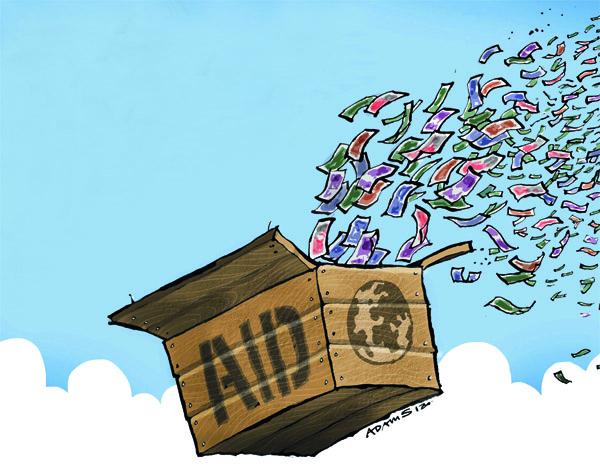Introduction to Foreign Aid in the Philippines
Foreign aid has played a crucial role in the development of the Philippines. The influx of resources from various donor countries has significantly impacted infrastructure, education, and health sectors in the nation. Understanding the dynamics of this aid is essential for future planning and effectiveness.
Historical Context of Foreign Aid
The Philippines has received foreign aid for several decades, dating back to post-World War II reconstruction. Initially focused on rebuilding the country, aid programs have evolved to address contemporary issues such as poverty alleviation and disaster resiliency. This evolution highlights the adaptability of foreign aid in response to the needs of the Filipino people.
Major Successes of Foreign Aid
One significant success of foreign aid has been the improvement in education. Programs funded by international partners have helped increase literacy rates and access to education, particularly in underserved areas. For instance, initiatives focusing on early childhood education have set a foundation for lifelong learning.
Healthcare Advancements through Aid
Foreign aid has also delivered remarkable advances in the healthcare sector. Contributions from various organizations have enabled the Philippines to expand its healthcare infrastructure and improve access to essential services. The rapid response during health emergencies, such as the COVID-19 pandemic, demonstrates the importance of these partnerships.
Challenges Facing Foreign Aid
Despite its successes, foreign aid to the Philippines faces several challenges. Issues such as bureaucratic inefficiencies and corruption often hinder the effectiveness of aid programs. Addressing these challenges is crucial for maximizing the impact of foreign assistance.
Future Prospects of Foreign Aid in the Philippines
The future of foreign aid to the Philippines looks promising but requires strategic planning. As the country develops, there is a growing emphasis on self-sustainability, urging aid organizations to transition from direct financial support to capacity-building initiatives. Such an approach could ensure that aid efforts have lasting effects beyond immediate financial assistance.
Building Partnerships for Sustainable Development
To improve the prospects of foreign aid, strong local and international partnerships are essential. Collaborative projects that involve local communities often see higher success rates and sustainable outcomes. For more information on successful partnerships, visit this resource.
Conclusion
foreign aid has made notable contributions to the Philippines, but the journey is far from over. As the country moves forward, a more strategic approach, focusing on partnerships and sustainability, will ensure that the benefits of aid continue to thrive. Only through collective effort can the Philippines achieve its developmental goals in the long run.

